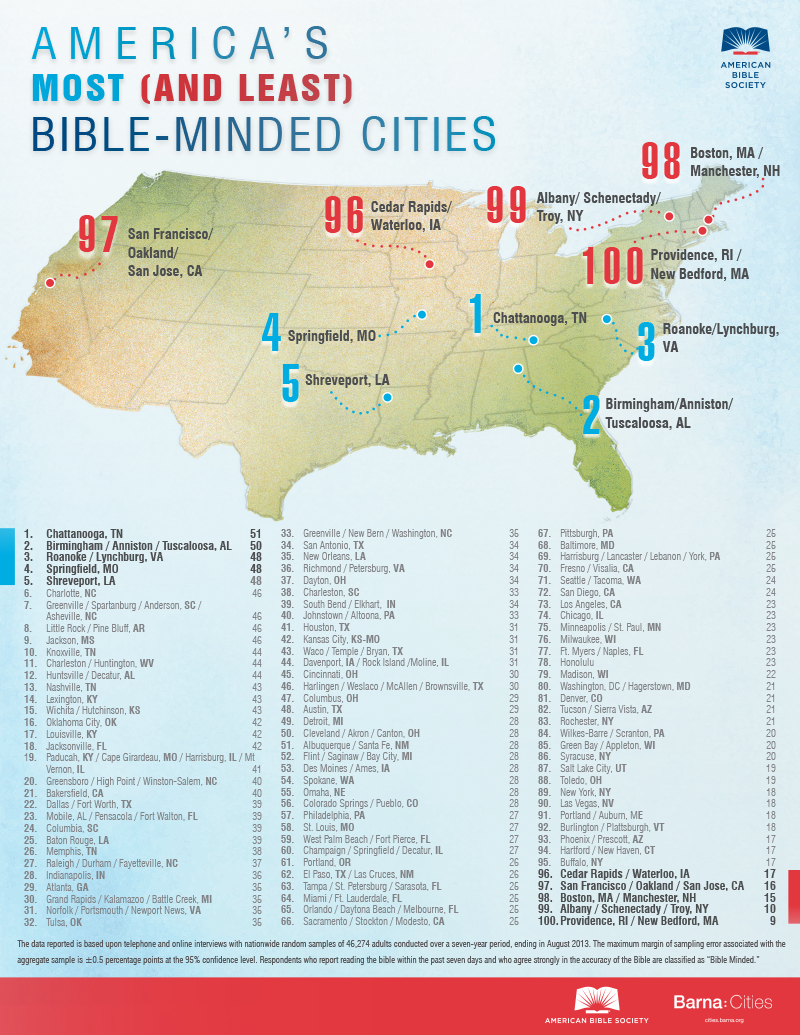 |
| Code.org |
Starring Bill Gates, Mark Zuckerberg, will.i.am, Chris Bosh, Jack Dorsey, Tony Hsieh, Drew Houston, Gabe Newell, Ruchi Sanghvi, Elena Silenok, Vanessa Hurst, and Hadi Partovi. Directed by Lesley Chilcott.
- Bringing Computer Science classes to every K-12 school in the United States, especially in urban and rural neighborhoods.
- Demonstrating the successful use of online curriculum in public school classrooms
- Changing policies in all 50 states to categorize C.S. as part of the math/science "core" curriculum
To increase the representation of women and students of color in the field of Computer Science.
Computing in the Core (CinC) is a non-partisan advocacy coalition of associations, corporations, scientific societies, and other non-profits that strive to elevate computer science education to a core academic subject in K-12 education, giving young people the college- and career-readiness knowledge and skills necessary in a technology-focused society.
some knowledge of, and skills to use, computing technologies. It is also clear that this trend is
growing as computing becomes embedded more deeply in everyday commerce and society. What is
unclear to many educators is what curriculum will support this growing trend. We hope the
following definitions will provide some assistance for educators, policy makers, and parents who
are trying to cope with this confusion and complexity.
In fact, only 14 states and the District of Columbia allow rigorous and engaging computer science courses to satisfy a math or science requirement for graduation from high school.
Code.org | What Most Schools Don't Teach
 |
| Promote Computer Science in New York |




